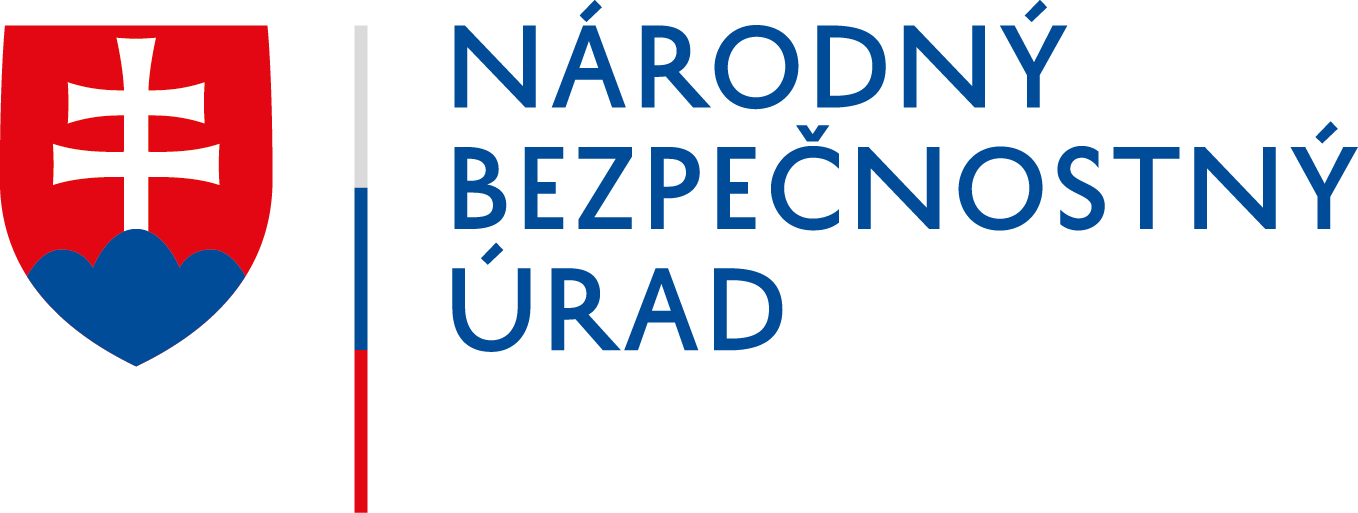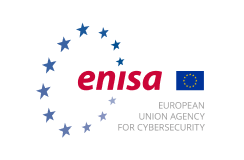Identity Theft and Fraud
Having your identity stolen can be scary and invasive and have damaging effects on your finances, medical records and reputation. If you become a victim, knowing how to respond and report the incident is vital. Here are some tips and resources to help you recover.
In cases of identity theft:
- Make sure you change your passwords for all online accounts. When changing your password, make it a sentence that is 12 or more characters long, and make it unique to that account. You may also need to contact your bank and other financial institutions to freeze your accounts so that the offender is not able to access your financial resources.
- Close any unauthorized or compromised credit or charge accounts. Cancel each credit and charge card. Get new cards with new account numbers. Inform the card companies that someone may be using your identity, and find out if there have been any unauthorized transactions. Close accounts so that future charges are denied. You may also want to write a letter to the company so there is a record of the problem.
- Think about what other personal information may be at risk. You may need to contact other agencies depending on the type of theft. For example, if a thief has access to your Social Security number, you should contact the Social Security Administration. You should also contact your state’s department of motor vehicles if your driver’s license or car registration is stolen.
- File a report with your local law enforcement agency. Even if your local police department or sheriff’s office doesn’t have jurisdiction over the crime (a common occurrence for online crime which may originate in another jurisdiction or even another country), you will need to provide a copy of the law enforcement report to your banks, creditors, other businesses, credit bureaus, and debt collectors.
- If your personal information has been stolen through a corporate data breach (when a cyber thief hacks into a large database of accounts to steal information, such as Social Security numbers, home addresses and personal e-mail addresses), you will likely be contacted by the business or agency whose data was compromised with additional instructions as appropriate. You may also contact the organization’s IT security officer for more information.
(Author: National Cyber Security Alliance, published under Public License)





